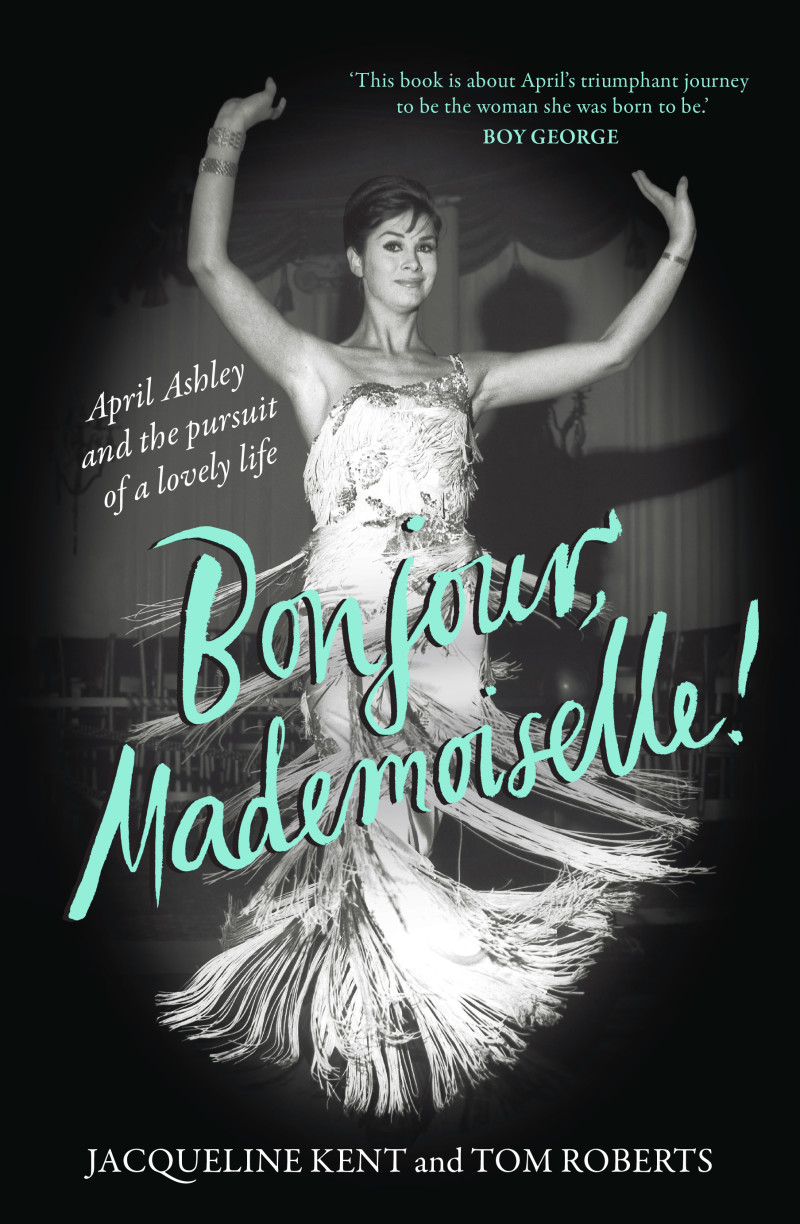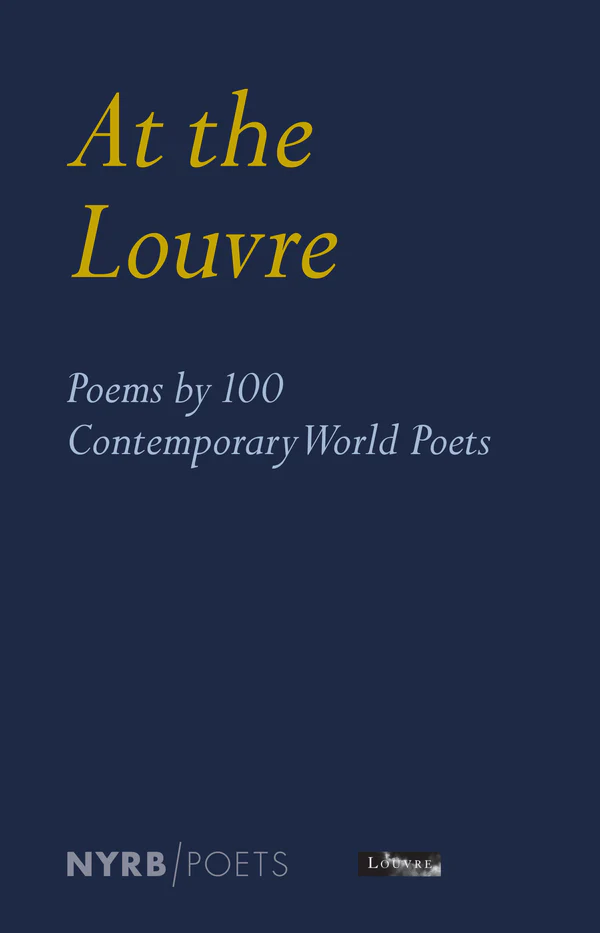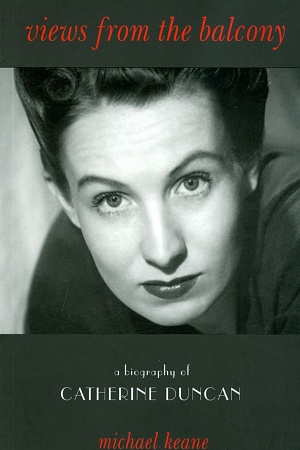Waiting for Godot
With aching feet, bursting bladders, and the odd carrot for sustenance, Samuel Beckett’s famous pair of tramps have shuffled on to the stage of the Sydney Theatre for an extended run, though run is hardly the apposite word for this stationary duo. Perhaps one could call it an extended slump.
Waiting for Godot (first performed in 1953, as En attendant Godot) has a unique place in Beckett’s work. It is his best-known and most performed play, but he had ambivalent feelings about it. He repeatedly called it a ‘bad play’ and a ‘mess’, but held onto the manuscript long after he had sold or given away the others. That his negative appraisal is misplaced and can be attributed to the natural reaction of an artist who feels that his other works are being overshadowed now seems clear. It may not have the concision of Krapp’s Last Tape (1958) or the power of Endgame (1957), but in the decades since it was first presented to a mostly bewildered public it has firmly cemented its place as one of the seminal works of twentieth-century theatre.
Continue reading for only $10 per month. Subscribe and gain full access to Australian Book Review. Already a subscriber? Sign in. If you need assistance, feel free to contact us.








